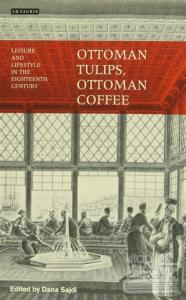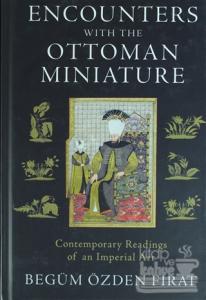
Tulips and coffee are defining cultural products of the Ottoman eighteenth century, along with their related institutions of palace and coffeehouse. These cultural products hold multiple meanings in the history and historiography of the period. For example, scholars argue that the janissary coffee house was used variously for such diverse means as headquarters for rebellion, a Sufi lodge, police station and racketeering office.
'Ottoman Tulips, Ottoman Coffee' offers a critical exploration of a range of definitive cultural phenomena of the Ottoman 18th century, including the coffee house, print culture, imperial architecture, royal pageantry and festivals. Chapters explore previously untouched subjects such as the changing forms of imperial ritual in Ottoman public circumcision celebrations as well as unravelling the historiography of the so-called 'Tulip Period'.
This has traditionally been characterised by the construction and eventual destruction of the famed palace of Saadabad and the reputedly failed project of the first Ottoman printing press. The book reassesses these failures as reflective of the general ill-preparedness of the Ottoman public for enlightened reform. Most importantly this book rejects the prevailing view that the 18th century was in political and cultural decline, and argues in fact it was a period of cultural dynamism and change. 'Ottoman Tulips' breaks free of the twin teleologies of Ottoman decline and Western-induced change, reassessing the impact of Westernization and modernization in the 18th century and revealing comparisons and interactions between the Ottoman court and its Safavid counterpart.
Tulips and coffee are defining cultural products of the Ottoman eighteenth century, along with their related institutions of palace and coffeehouse. These cultural products hold multiple meanings in the history and historiography of the period. For example, scholars argue that the janissary coffee house was used variously for such diverse means as headquarters for rebellion, a Sufi lodge, police station and racketeering office.
'Ottoman Tulips, Ottoman Coffee' offers a critical exploration of a range of definitive cultural phenomena of the Ottoman 18th century, including the coffee house, print culture, imperial architecture, royal pageantry and festivals. Chapters explore previously untouched subjects such as the changing forms of imperial ritual in Ottoman public circumcision celebrations as well as unravelling the historiography of the so-called 'Tulip Period'.
This has traditionally been characterised by the construction and eventual destruction of the famed palace of Saadabad and the reputedly failed project of the first Ottoman printing press. The book reassesses these failures as reflective of the general ill-preparedness of the Ottoman public for enlightened reform. Most importantly this book rejects the prevailing view that the 18th century was in political and cultural decline, and argues in fact it was a period of cultural dynamism and change. 'Ottoman Tulips' breaks free of the twin teleologies of Ottoman decline and Western-induced change, reassessing the impact of Westernization and modernization in the 18th century and revealing comparisons and interactions between the Ottoman court and its Safavid counterpart.














